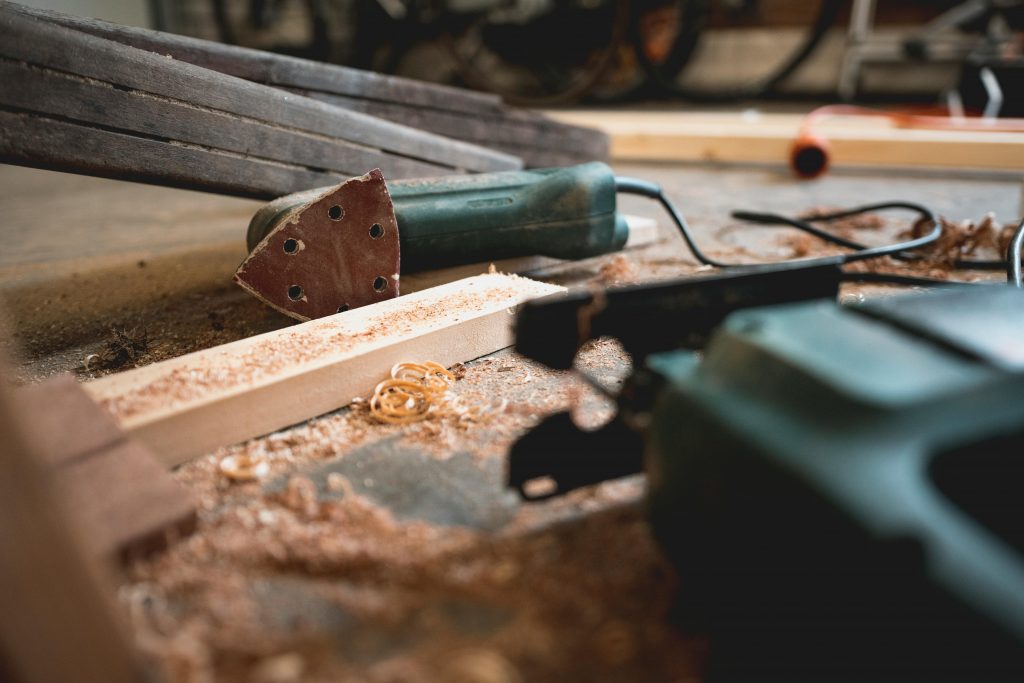
When a favorite chair wobbles, a dining table gets scratched, or a sofa starts to sag, the first thought many homeowners have is: “Should I fix this or just replace it?” At first glance, replacing may seem simpler, but in many cases, furniture repair is more than just a quick fix it’s an investment in your home, lifestyle, and even your finances.
In this blog, we’ll answer the most common questions homeowners ask about furniture repair and explain why restoration is often the smarter choice.
Why Should I Repair Furniture Instead of Replacing It?
Furniture is more than wood, fabric, or nails it’s part of your home’s character. High-quality or well-loved furniture often has value that goes beyond its purchase price.
- Cost Efficiency: Repairing is usually far less expensive than buying new, especially with high-end or solid-wood pieces.
- Longevity: A professional furniture repair can extend the life of your furniture for years.
- Sentimental Value: Family heirlooms or custom-made items carry memories that new furniture can’t replace.
Is Repair Really an “Investment”?
Yes, because repair delivers both immediate and long-term returns:
- Financial Savings: Restoring quality furniture saves money compared to purchasing replacements every few years.
- Home Value: A well-kept home with high-quality, functional furniture reflects positively on your property.
- Sustainability: Repairing reduces landfill waste and supports eco-friendly living, an increasingly valuable lifestyle choice.
What Types of Furniture Are Worth Repairing?
Some pieces are better candidates for repair than others. Examples include:
- Solid Wood Pieces: Dining tables, dressers, and cabinets made of hardwoods like oak, teak, or mahogany are excellent repair investments.
- Upholstered Sofas & Chairs: Frames can be reinforced and cushions reupholstered, giving a “like new” look without full replacement.
- Antiques & Heirlooms: Items passed down through generations often have craftsmanship and materials that surpass many modern, mass-produced items.
If your furniture is structurally sound or has sentimental value, it’s almost always worth repairing.
Isn’t Repairing Furniture Just Cosmetic?
Not at all. Repairs often address both appearance and functionality.
- Cosmetic Repairs: Removing scratches, polishing finishes, re-staining, or reupholstering.
- Structural Repairs: Reinforcing joints, fixing frames, or replacing springs.
- Preventative Care: Repairs can prevent minor issues from turning into major damage later.
This means repair doesn’t just make your furniture look good—it helps it last longer.
How Do I Know If My Furniture Needs Repair?
Ask yourself these questions:
- Is the piece wobbly, sagging, or cracked?
- Does it look outdated but still serve its purpose?
- Does it carry sentimental or financial value?
- Would repair cost significantly less than replacement?
If you answer yes to any of these, furniture repair is worth considering.
What About DIY vs. Professional Repair?
Some small fixes (tightening screws, polishing, cleaning stains) can be handled at home. But for more serious damage like broken frames, peeling veneers, or reupholstery it’s better to hire professionals.
Professional furniture repair ensures:
- Proper tools and materials are used.
- The structural integrity of your piece is preserved.
- A high-quality finish that blends seamlessly with the original design.
Does Furniture Repair Add Value to My Home?
Yes. Well-maintained furniture improves how your home looks and feels, which can impact both your comfort and your property’s appeal. Imagine showing a potential buyer a home with polished wood finishes, sturdy tables, and elegant seating compared to one with damaged or neglected furniture the difference in perception is huge.
Is Repair Better for the Environment?
Absolutely. Every year, millions of tons of furniture are thrown away, much of it non-biodegradable. By repairing instead of discarding, you reduce waste, save resources, and contribute to a more sustainable lifestyle.
When Should I Replace Instead of Repair?
Repair isn’t always the answer. Replacement may be the better option if:
- The furniture is made of low-quality materials (like particle board).
- Repair costs are higher than replacement.
- The piece no longer fits your lifestyle or décor.
But for valuable, solid, or sentimental furniture, repair nearly always makes sense.
Furniture repair is not just a “fix.” It’s an investment in quality, sustainability, and the comfort of your home. By repairing instead of replacing, you preserve value, save money, and maintain the character of your living space.
Whether it’s restoring an antique dining table, reupholstering a sofa, or repairing a broken cabinet, the decision to repair means choosing long-term benefit over short-term convenience. And that’s what makes it an investment worth making.
